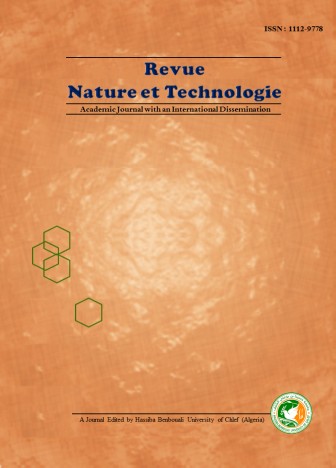Life Cycle Assessment Of Concrete Incorporating Scrap Tire Rubber: Comparative Study
Keywords:
Environmental assessment, Rubber aggregates, concreteAbstract
At present, the environment suffers from two major problems, the first is the adverse effect of the production of the construction materials due to the resulting emissions and the second one is the increasing of the consumption of the natural materials needed in construction industry. There is interesting waste products such as the used tires that can be a resource of those materials to replace the natural resources in depletion. The use of scrap tire rubber to produce concrete in Algeria is not really an available technique. So, the main purpose of this case of study is to demonstrate the environment benefits of rubberized concretes for non-structural applications through energy demand and generated emissions compared to ordinary concrete. We provide an comparative assessment based on the analysis of the life cycle of seven mixtures of concrete: an ordinary concrete (Cref) made entirely with natural aggregates, three mixtures of rubberized concretes (CRm) made with natural aggregates and 5%, 7.5% and 10% of crumb rubber and coarse rubber aggregates, three other rubberized mixtures (CRg) made with natural aggregates and 5%, 7.5% and 10% of coarse rubber aggregates. The results inter-compared show that the energy demand and the generated emissions in the case of ordinary concrete are superiors than those of the rubberized concretes. It is also concluded that the environmental impacts depend on the amount of substituted aggregates.





